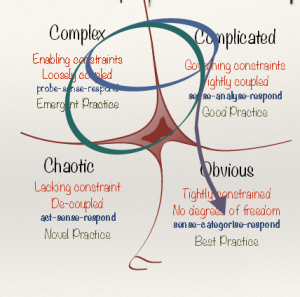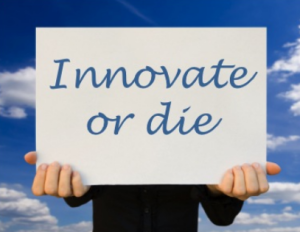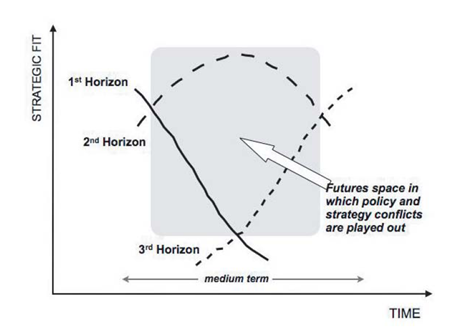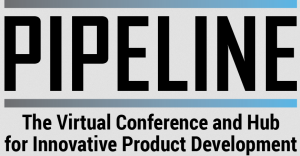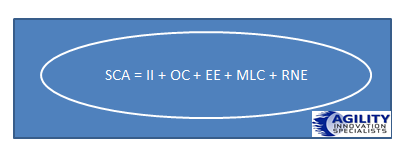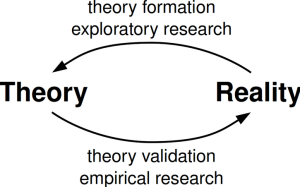 The future within our engagements will determine diffusion and adoption- part one.
The future within our engagements will determine diffusion and adoption- part one.
According to Professor Clayton Christensen and drawn from his book “Seeing What’s Next: Using the Theories of Innovation to Predict Industry Change”, by Clayton M. Christensen, Scott D. Anthony, and Erik A. Roth published by Harvard Business School Press, the only way to look into the future is to use theories.
“The best way to make accurate sense of the present, and the best way to look into the future, is through the lens of theory.” The theory of innovation helps to understand the forces that shape the context and influence natural decisions.
This might not be fashionable for many because as soon as you introduce “theory” into the discussion for many of my practical colleagues they want to dismiss it.
Going back to Christensen “good theory provides a robust way to understand important developments, even when the data is limited. “Theory helps to block out the noise and to amplify the signal”.
Diffusion of Innovation Theory is important for our innovation understanding
Continue reading “Exploring Diffusion and Adoption for Innovation – Part 1”


